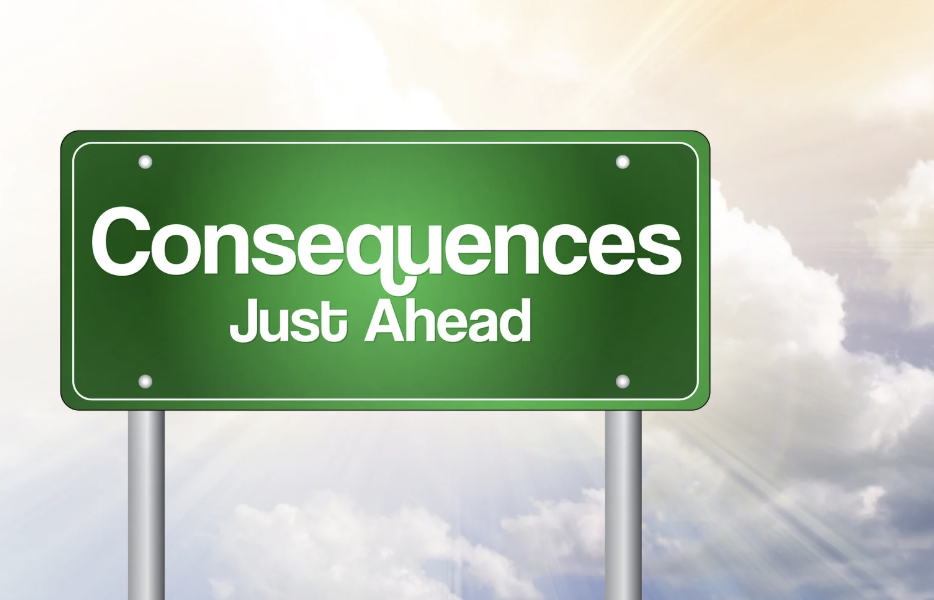In special education—especially within Nonpublic Schools (NPS) and Nonpublic Agencies (NPA)—understanding why a behavior occurs is only part of the equation. Equally important is how we respond after the behavior happens.
That’s where consequence strategies come into play.
Used correctly, consequences can teach new behaviors, reduce problem behaviors, and promote long-term success. But when misused, they can escalate conflict, reinforce the wrong behavior, or even violate a student’s rights.
This blog post explores:
-
What consequence strategies are
-
How they support trauma-informed care
-
Evidence-based techniques like DRA, DRO, and DRI
-
How to align with AB 1172 compliance and best practices
✅ What Are Consequence Strategies?
In Applied Behavior Analysis (ABA), a consequence is anything that happens after a behavior that affects whether the behavior will occur again.
Consequence strategies are planned responses to student behavior. The goal isn’t to punish, but to teach and reinforce appropriate alternatives. When used correctly, they:
-
Increase desired behaviors
-
Decrease unsafe or disruptive behaviors
-
Support emotional regulation and communication
-
Provide clarity and consistency for students
Under AB 1172, all staff working with students in NPS/NPA settings must be trained in evidence-based practices that include ethical and appropriate consequences.
Avoiding Punishment-Based Responses
Consequence strategies should never include:
-
Physical punishment
-
Seclusion
-
Humiliation or threats
-
Withholding basic needs
These are either ineffective, retraumatizing, or explicitly prohibited under AB 1172.
Instead, focus on reinforcement-based strategies that align with trauma-informed and supportive practices.
Common Evidence-Based Consequence Strategies
1. Differential Reinforcement of Alternative Behavior (DRA)
Reinforce a more appropriate behavior that serves the same function.
Example: If a student screams to escape a task, teach and reinforce raising a hand to request a break instead.
2. Differential Reinforcement of Incompatible Behavior (DRI)
Reinforce a behavior that cannot happen at the same time as the problem behavior.
Example: If a student hits others, reinforce keeping hands in pockets or holding a stress ball.
3. Differential Reinforcement of Other Behavior (DRO)
Reinforce the absence of the problem behavior during a set time interval.
Example: If a student often blurts out, provide praise or a token for every 5-minute interval without interruptions.
4. Natural Consequences
Let the student experience the logical result of their behavior when safe and appropriate.
Example: If a student refuses to wear a coat, they may feel cold at recess (assuming it’s not dangerous).
5. Token Economies and Reward Systems
Use point charts, sticker systems, or class currency to reinforce positive behavior and teach delayed gratification.
Example: Students earn tokens for safe behavior and exchange them for preferred items or activities.
6. Behavior-Specific Praise
Recognize exactly what the student did well to increase the likelihood it will happen again.
Example: “Nice job staying in your seat during the whole group activity.”
Why These Strategies Work
Reinforcement-based consequence strategies are effective because they:
-
Teach students what to do instead of what not to do
-
Avoid power struggles and reactive punishment
-
Build trust and predictability, especially for students with trauma
-
Reduce the use of emergency interventions
-
Align with Positive Behavioral Interventions and Supports (PBIS) principles
Connection to AB 1172
AB 1172 mandates that staff be trained in evidence-based alternatives to restraint and seclusion. That includes how to:
-
Use reinforcement correctly
-
Provide clear, consistent responses to behavior
-
Avoid punitive or reactive strategies
-
Support students in learning new skills after a behavioral incident
Poorly implemented consequences (e.g., yelling, power struggles, threats) can escalate situations and even lead to violations of the law. That’s why quality training in consequence strategies is essential.
Real-World Example: Replacing Elopement with Communication
A student repeatedly runs out of the classroom when presented with non-preferred tasks. Staff used to chase him and scold him, which led to more running.
Using a DRA approach, staff taught him to use a break card and reinforced each time he used it instead of eloping. Over time, the need for emergency interventions disappeared—and learning increased.
This is the power of planned, thoughtful consequence strategies.
Final Thoughts: Consequences That Build, Not Break
Consequences aren’t just about managing behavior—they’re about building skills, trust, and independence. When done correctly, they support students in regulating themselves, connecting with others, and thriving in school.
AB 1172 sets a clear expectation: we must move away from punishment and toward positive, educational responses to behavior. Consequence strategies are a key part of that shift.
Learn These Strategies and More in Our AB 1172 Training
Our AB 1172 Online Course includes:
-
DRA, DRI, and DRO explained in plain language
-
Interactive examples and consequence-matching games
-
Short videos and quizzes to reinforce learning
-
Certificate of completion for compliance tracking
-
Bulk enrollment options for NPS/NPA staff teams

